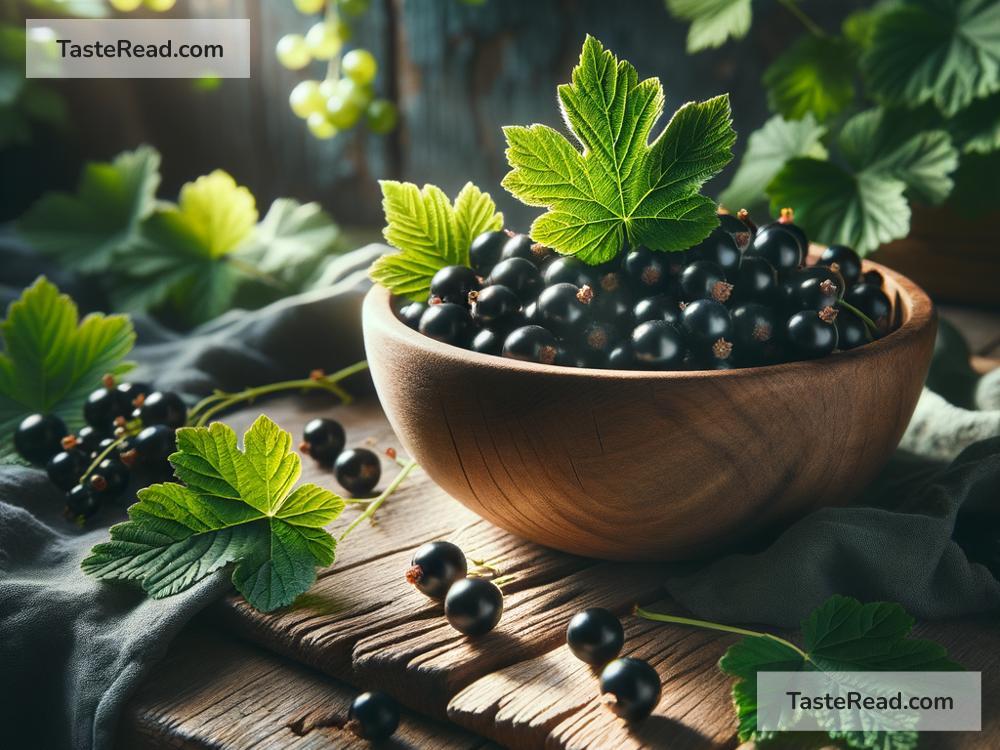Why Blackcurrants Are Banned in Some Regions
Blackcurrants might be small, but these berries pack a big punch when it comes to flavor and nutrients. They’re rich in vitamin C, antioxidants, and they add a tangy zest to jams, juices, and desserts. But did you know that blackcurrants are banned in some parts of the United States? It might seem puzzling—why ban something so healthy and delicious? The answer lies in history, agriculture, and the fight to protect one very important type of tree.
A Historical Threat to Trees
Blackcurrants were widely grown in the U.S. in the early 1900s. Farmers loved them because the bushes were easy to grow and produced a lot of fruit. However, there was one major problem: they played a role in spreading a destructive plant disease called white pine blister rust.
White pine blister rust is a fungal disease that attacks white pine trees. This disease starts by infecting plants like blackcurrant bushes, which act as hosts for the fungus. Once the fungus spreads to white pine trees, it can weaken them or even kill them over time. White pine trees are incredibly important for forests and the timber industry. They belong to ecosystems that provide homes for wildlife, prevent erosion, and help clean the air and water. In addition, they serve as a valuable source of wood for building materials, furniture, and paper products.
When scientists discovered that blackcurrants were part of the problem, government officials took drastic action to save the trees. By the mid-20th century, growing blackcurrants was banned in several states. This ban was meant to stop the spread of white pine blister rust and protect the country’s forests.
The Lasting Impact of the Ban
Over time, the ban had a big effect on blackcurrants in the U.S. Before the disease scare, blackcurrants were very popular, and many farmers grew them. After the ban, their cultivation and consumption drastically declined. For decades, blackcurrants basically disappeared from American farms, grocery stores, and recipes.
This isn’t the case in other parts of the world. In Europe, blackcurrants have always been a favorite fruit, and people enjoy them in everything from jams to juices to candies. They’re a part of everyday life in countries like the UK and France. Meanwhile, Americans missed out on this nutritious berry for many years.
Changing Times: Are Blackcurrants Still Banned?
In recent years, attitudes toward blackcurrants in the U.S. have started to shift. Advances in agriculture and science have helped reduce the risk of white pine blister rust. Farmers can now grow new varieties of blackcurrants that are resistant to the disease. These varieties don’t host the fungus, making them safer for cultivation near pine forests.
Because of these changes, some states have lifted their bans on blackcurrants. For example, New York and Connecticut have welcomed the berry back, allowing farmers to grow it once again. However, in other states, the ban still remains in place. Even in regions where the ban has ended, blackcurrants are still not as common as they are in Europe, largely because the fruit didn’t return to American diets right away.
Is It Time to Bring Back Blackcurrants?
Many people believe it’s time for blackcurrants to make a comeback in the U.S. Not only are they rich in vitamin C, but they also contain nutrients that support eye health, boost the immune system, and fight inflammation. Blackcurrants are considered a “superfood,” thanks to their high levels of antioxidants.
In addition to the health benefits, blackcurrants have a unique flavor that makes them stand out. They’re tangy, slightly tart, and versatile in the kitchen. You can use them to make juices, syrups, jams, pies, or even wine. If they become more common, Americans might embrace this berry as much as Europeans do.
Farmers are also interested in growing blackcurrants again. The berries are easy to cultivate and can provide a profitable crop for small farms. With the right disease-resistant varieties, they could thrive without harming nearby trees. As awareness grows, blackcurrants might find their place back on American farms, in grocery stores, and on dinner tables.
Conclusion
The story of why blackcurrants were banned is a fascinating example of how agriculture and ecosystems are deeply connected. While the ban once served to protect vital pine forests, advancements in farming and science have made it possible to grow blackcurrants safely today. Although they’re no longer banned everywhere, blackcurrants still haven’t fully regained their popularity in the U.S.
If you live in a region where blackcurrants are available, why not give them a try? Whether you snack on them raw, add them to a smoothie, or bake them into a pie, you’ll be enjoying a fruit that’s packed with flavor and history. Perhaps one day, blackcurrants will make a full comeback and find their place in American culture just like they have in Europe. Until then, they remain a somewhat mysterious, but incredibly special, berry.


